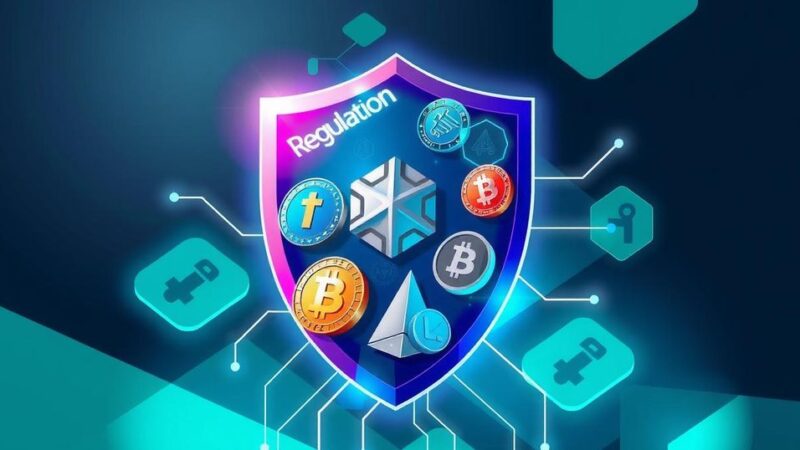The African Development Bank and Eritrea’s government have committed $19.5 million to the Desert to Power Eritrea 12 MW Mini Grid Project. This initiative aims to generate electricity across three regions, benefiting over 235,000 residents, and support local infrastructure. The project aligns with national energy strategies and emphasizes sustainability and local capacity building amid recent economic growth opportunities.
The African Development Bank Group and the government of Eritrea have initiated a significant endeavor to enhance the country’s energy infrastructure. A historic agreement was signed on March 10, 2025, to finance the Desert to Power Eritrea 12 MW Mini Grid Project, marking a pivotal advancement towards sustainable energy in the region.
Valued at $19.5 million, the agreement arises from the Bank Group’s Transitional Support Facility (TSF). The objective is to create mini-grids capable of generating a total of 12 MW of electricity across three vital areas: Teseney (6 MW), Kerekebet (3 MW), and Barentu (3 MW). This initiative aims to significantly enhance energy access for over 235,000 residents, including 20% women and youth.
The project will be executed by the Eritrean Ministry of Energy, the Eritrea Electricity Corporation (EEC), and local enterprises, with oversight from a technical consulting firm. Expected beneficiaries include residential households, small-scale farms, agro-processing sectors, and water supply systems, alongside support to over 160 schools and 90 health centers in the Gash Barka region.
To promote sustainability and build local capacities, 25 local companies will undergo training and receive necessary equipment. This strategy not only encourages local economic development but ensures the long-term viability and maintenance of the energy infrastructure.
The project is consistent with the African Development Bank’s Interim Country Strategy Paper 2022-2024 for Eritrea, which stresses the importance of developing sustainable infrastructure to bolster agricultural value chains and economic diversification. Furthermore, it aligns with the 2018 Eritrea National Energy Policy, which aims to boost electrification rates and ensure that renewable energy constitutes 20% of electric power by the year 2030.
Eritrea has faced challenges regarding socioeconomic development due to conflicts and economic fragility. However, recent peace deals and regional collaboration have paved the way for potential economic progress. The Desert to Power initiative offers a vital opportunity to address infrastructure challenges and propel economic advancement.
In conclusion, the Desert to Power Eritrea 12 MW Mini Grid Project symbolizes a vital effort towards sustainable development and economic resilience in Eritrea. By leveraging renewable energy, this project not only fulfills immediate energy requirements but also lays the foundation for a more diversified and stronger economy.
The Desert to Power Eritrea project represents a major step forward in sustainable energy development, providing access to electricity for over 235,000 individuals while fostering local economic growth. With strategic alignment to national policies and emphasis on capacity building, this initiative has the potential to transform Eritrea’s energy landscape and promote long-term economic resilience.
Original Source: fasi.eu






